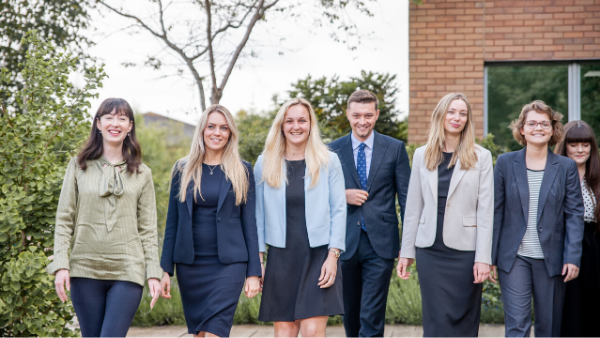As any aspiring Solicitor would know, the training contract requires trainees to spend time in different practice areas (or “seats”) in order for them to gain a well-rounded set of knowledge and skills. Here at Michelmores, trainees are required to spend time in four different areas of the firm over two years.
Changing seats can be both an exciting and challenging time. The excitement of meeting a new team and learning about another area of law can quickly be counteracted by the pressure of choosing the right seat at the right time, in order to qualify in the desired area of law. However, having just gone through the process, I cannot praise the team at Michelmores enough for their efforts in making the process as efficient and stress-free as possible.
Firstly, each of the trainees has a mid-seat meeting with Alex Watson, our Training Principal, and a member of HR. This is a great opportunity for the trainee to discuss their plans for their future seats as well as their desired area of qualification. Alex is also able to describe the work that different teams or offices do and advise trainees on the most relevant seats for their interests or planned qualification area. This is something that I have found extremely useful and reassuring. This meeting also enables HR to have an early idea of the popularity of each seat so that they can plan ahead. They then meet with the relevant heads of department to see where in the firm there is business need for a trainee. While this might mean that not every seat is available at every seat rotation, it also ensures that each trainee has a seat where they have plenty of opportunities to learn, get involved in live matters and interact with clients.
Secondly, the HR team arranges for trainees to attend sessions where an overview of the different teams of the Firm and the work they carry out is presented. This provides trainees with a great insight into the work done by a specific team and also allows them to gain an understanding of the team dynamic. I realised that some practice areas that I didn’t think suited my intended path to qualification actually sounded fascinating and relevant.
The HR team then issue a list of available seats. Each trainee chooses four seats, and submits them to HR with a short narrative explaining why they have an interest in their chosen practice areas. This system ensures that seats are fairly allocated and that trainees are allocated a seat either they have an interest in or that is relevant to their preferred area of qualification.
Finally, the process is also made drastically simpler by the existing trainees at the Firm, who kindly prepare detailed handover notes for the matters they are passing on as well as provide insight into the teams and legal jargon commonly used by that team. In my handover notes, I even found an inspirational/encouraging quote that in law:
‘simple things are often more complex than they appear; complex things are often simpler than they appear, notwithstanding that they too can still be complex!’
